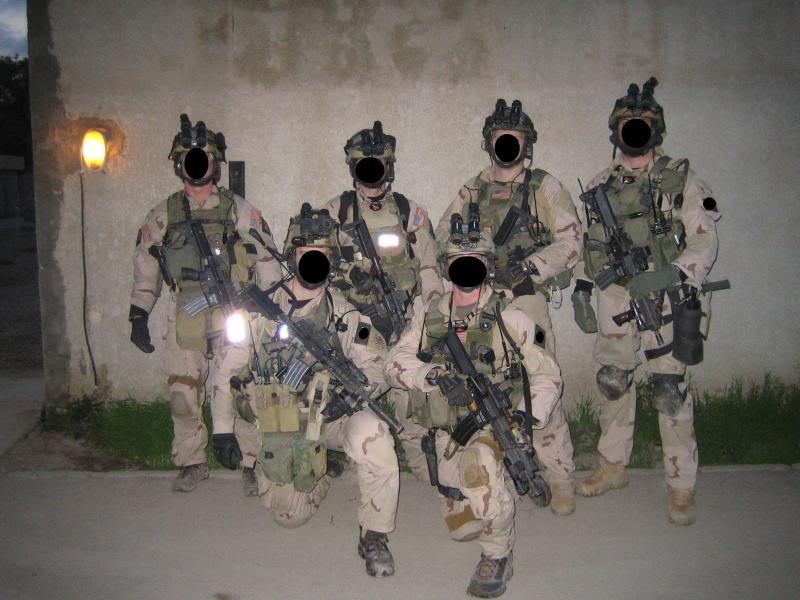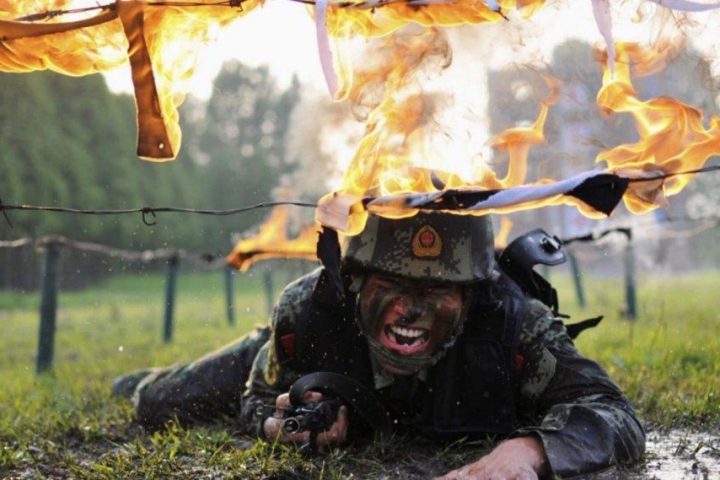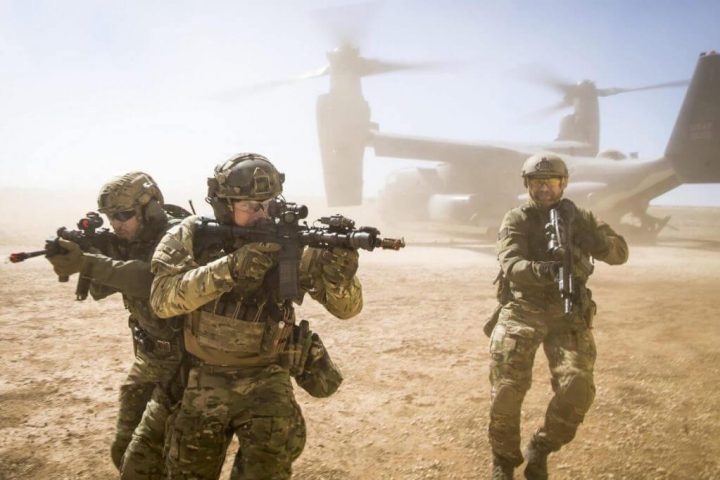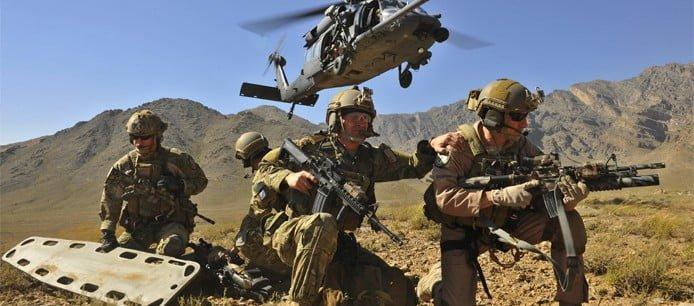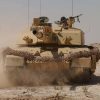It is a myth that Delta Force (1st SFOD-D) operators can use any weapon they desire. While they may have some flexibility in their choices, they generally use the equipment issued to them because it is reliable and effective. If you examine images of confirmed Delta Force operators, you will notice common trends in the equipment they have used over the past five years.
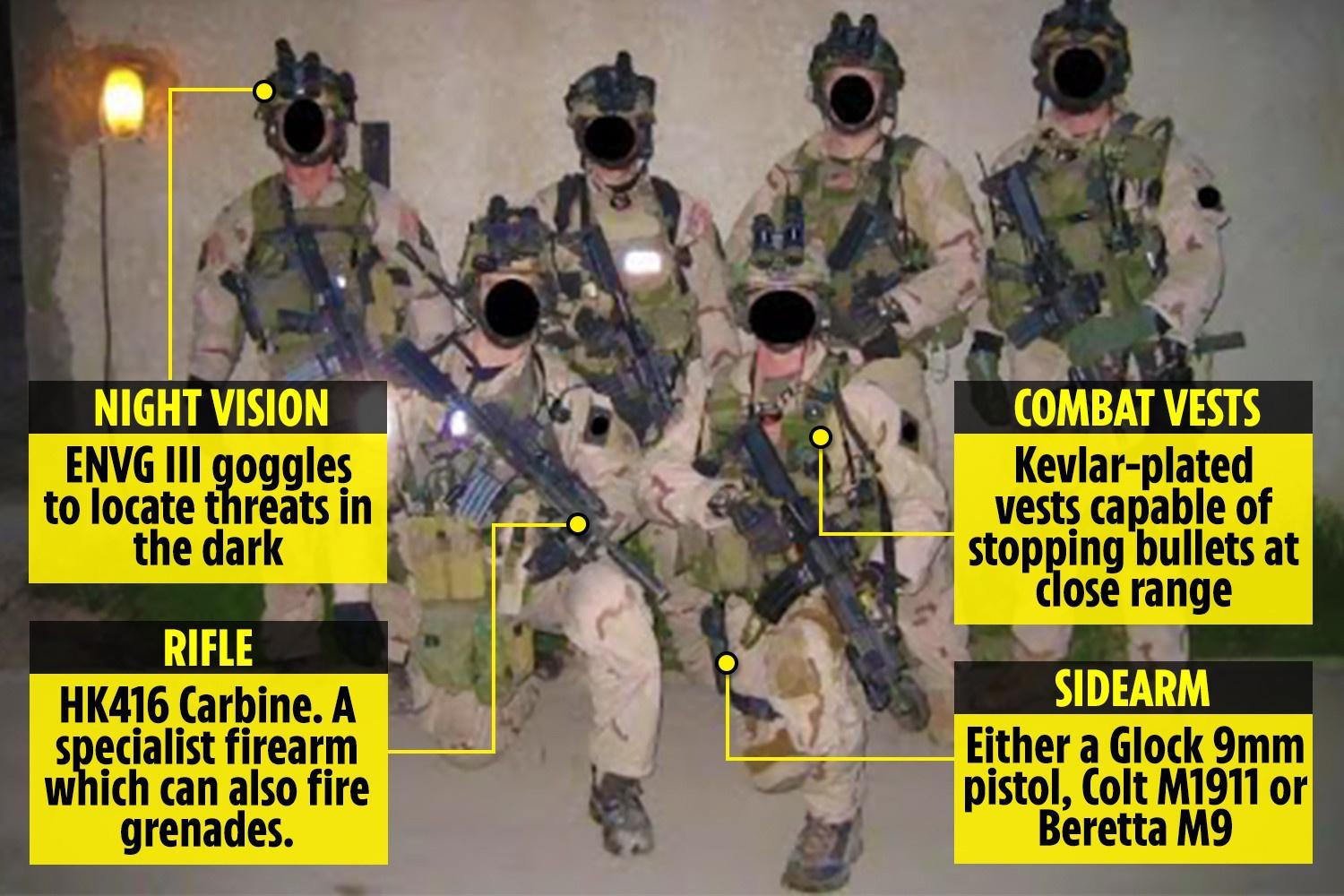
How to know if someone is a Delta Force operator?
Delta Force is a highly secretive unit whose operators strive to maintain a low profile, even when conducting regular missions. There are a couple of ways to identify someone who may be a Delta Force operator potentially:
- the gun
- the NVGs
The Gun
It is possible to identify Delta Force operators by their equipment and appearance characteristics. One key indicator is using the HK416 rifle with a Geissele MLOK rail. While other special operations units, such as DEVGRU (SEAL Team 6), also use the HK416, they tend to have a slightly different handguard. If you see a US Special Operations Forces member in the field with this specific rifle configuration, they are likely a member of Delta Force.
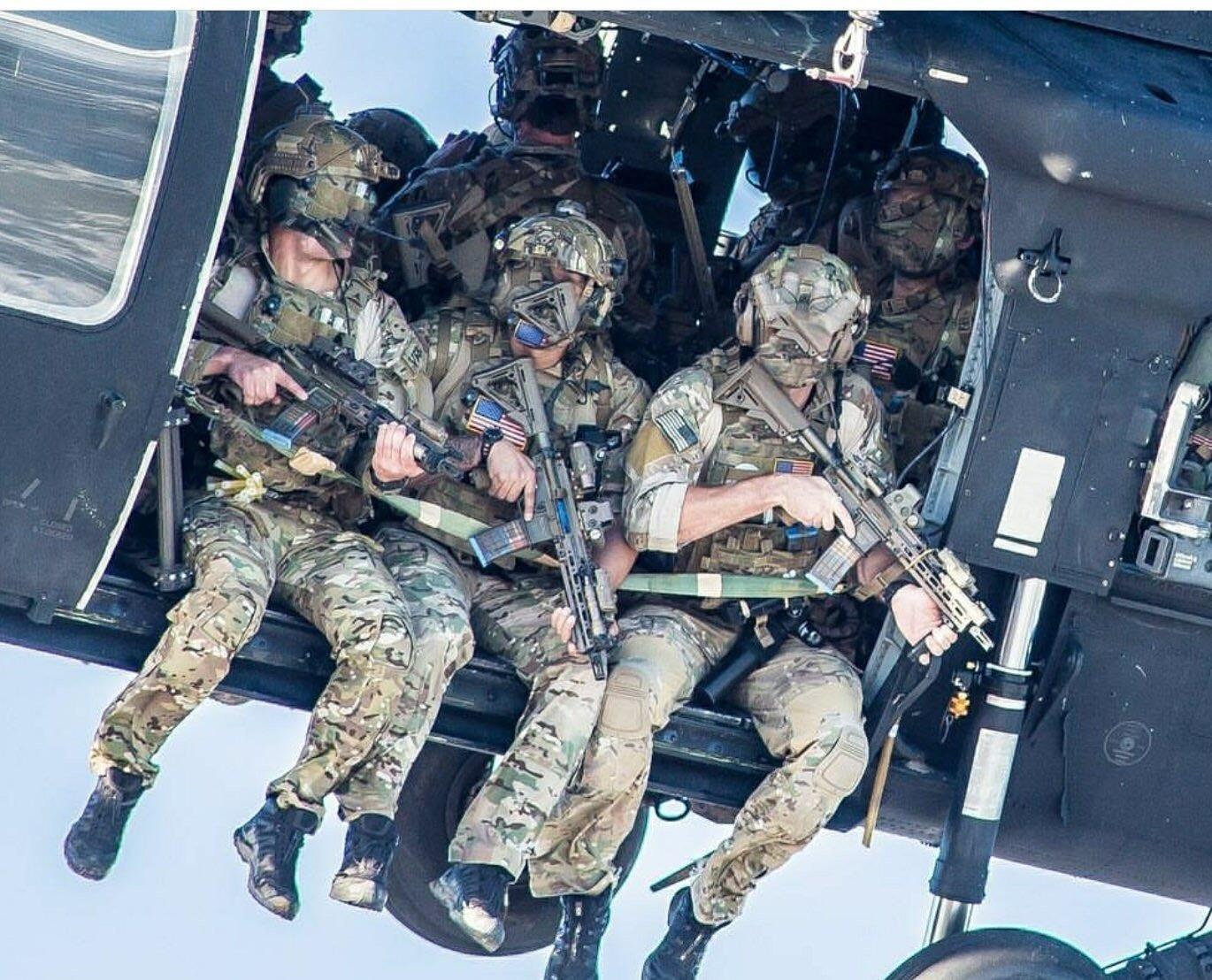
In addition to their choice of weapon, Delta Force operators may also be distinguished by their camouflage patterns. In the past, they have been known to wear patterns such as Multicam and AOR-2. It is worth noting that they may also wear the camouflage of allied forces they are working with, such as MARPAT, to blend in.
Another characteristic to look for is lightweight plate carriers and Ops-Core FAST helmets. Special operations units, including Delta Force, commonly use this equipment. However, it is important to note that the presence of these items does not necessarily mean that the individual is a member of Delta Force, as other units may also use similar equipment.
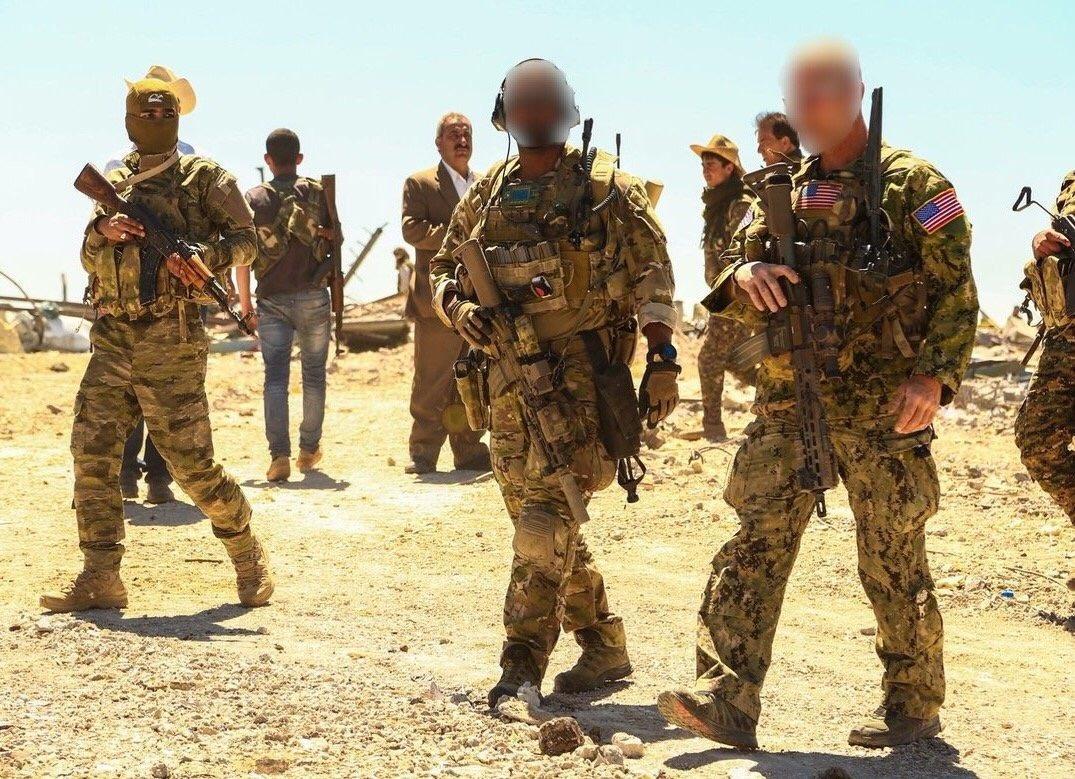
The NVGs
In addition to the HK416 rifle and specific camouflage patterns, certain optics can also be a potential indicator of Delta Force or SEAL Team 6 membership. One such optic is the GPNVG-18 night vision device, which features four tubes and offers a wide field of view. This high-end equipment is costly, with a price tag of $48,000, and is typically reserved for use by JSOC (Joint Special Operations Command) units like Delta Force and DEVGRU.
The GPNVG-18 is not commonly seen outside of JSOC, except for some members of French and German special operations units like the KSK/KSM, which are counterparts to Delta and DEVGRU. It is worth noting that this night vision device does not necessarily mean that an individual is a Delta Force or DEVGRU member, as other specialized units may also use it. However, it is a notable piece of equipment to look for when attempting to identify these operators.
How has Delta Force evolved since the 1970s?
Delta Force is a specialized unit originally founded to conduct counterterrorism operations, focusing on hostage rescue and hijackings. During the Iraq War, their mission expanded to include direct action missions such as surgical raids and targeted captures. To meet the demand for these missions, Rangers were sometimes assigned targets that were not considered a high priority for Delta Force.
In addition to their primary focus on counterterrorism, Delta Force has skills in reconnaissance, surveillance, and VIP protection. While the initial selection course for Delta Force may not have changed significantly since the 1970s, as described in Eric Haney’s book, other aspects of their training have likely evolved in response to developments in counterinsurgency warfare and the lessons learned from operations such as Gothic Serpent and the Global War on Terror.


